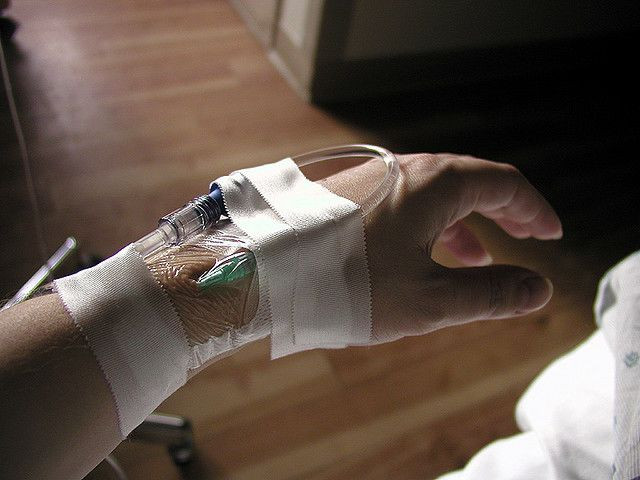Low-Income Patients Opt For Emergency Care, Perceiving It As More Affordable And Accessible, But Are They Right?

Hospital care is often the go-to in the direst of health circumstances. Nevertheless, people of low socioeconomic status use hospital care more often than primary care, believing it to be more affordable, expedient, and convenient.
A new study, interviewing 40 low-income patients who were either on Medicaid or uninsured, aimed to find out why they prefer to use hospital care. The results showed that they perceive it as less expensive, more accessible, and of higher quality than ambulatory care. In other words, their preference has little to do with promoting health and everything to do with simply treating their current health issue. What's more, their preference shows no regard for cost-efficacy, as hospital visits cost insurance companies a great deal and do not always treat issues, making them merely manageable instead. In the long run, this is not an appropriate use of health care, as these low-income patients will often be readmitted to manage similar symptoms because they were not treated by primary care doctors in the first place.
This kind of health care use is highly detrimental to the health care system as a whole, costing $30.8 billion annually and leading to poor health outcomes. The issue here is the amount of money it costs to prepare emergency rooms. If an emergency room is prepared only to treat non-emergencies, like the common cold, then the use of emergency care becomes a waste. Nevertheless, low-income patients view their use of such hospital care as cost-effective. "Think about it as if you were a musician. If you were paying for it, you would not book a professional recording studio to record yourself playing a kazoo. But since [those with low-income] aren't paying for it, why not use the state of the art recording studio, costing thousands of dollars, instead of a $20 tape recorder?" explains a nurse and former hospital administrator at Memorial Sloan Kettering Cancer Center.
When asked about availability of medical facilities, one of the study's respondents said that "sometimes you can't get to a primary... you may only be able to leave a message for a secretary, so if you have an immediate medical issue you better get to the nearest ER." Another respondent also noted that services were too far from their home. "Transportation is hard. Every time I use the van service, [it] will get me there late, maybe 20 minutes late, and I'm marked as a no-show." When asked about overall trust in a primary care doctor to treat or control his or her health issues, a respondent claimed that an emergency room doctor could control her blood pressure while a primary care doctor could not, "It's a wellness center, which I really think that man is a quack. He never treated my husband or me aggressively to get the blood pressure under control. I went to the hospital, and they had it under control in four days. This guy had more than three years."
"Our findings suggest that efforts to reduce hospital readmissions solely by improving the quality of hospital care could backfire by making hospitals even more attractive for low-[income] patients," said lead author Shreya Kangovi, M.D., director of the Penn Center for Community Health Workers and co-author of this study. "To generate system-wide savings, it's important to make outpatient services more appealing to low-[income] patients by addressing their concerns around cost, quality and accessibility. For instance, health systems might reduce barriers like the complicated referral systems to see specialists. Barriers like these may actually drive patients to the higher-cost hospital setting."
"This study debunks the perception that low-[income] individuals abuse the emergency room and need to be educated on its proper use," said David Grande, M.D., MPA, senior author on the study. "To the contrary, these patients eloquently explained to us how we have built a health care system that incentivizes them to wait and get sick in order to get care that is more costly to society."
Source: Kangovi S, Barg FK, Carter T, Long JA, Shannon R, Grande D. Understanding Why Patients Of Low Socioeconomic Status Prefer Hospitals Over Ambulatory Care. Health Affairs. 2013.



























